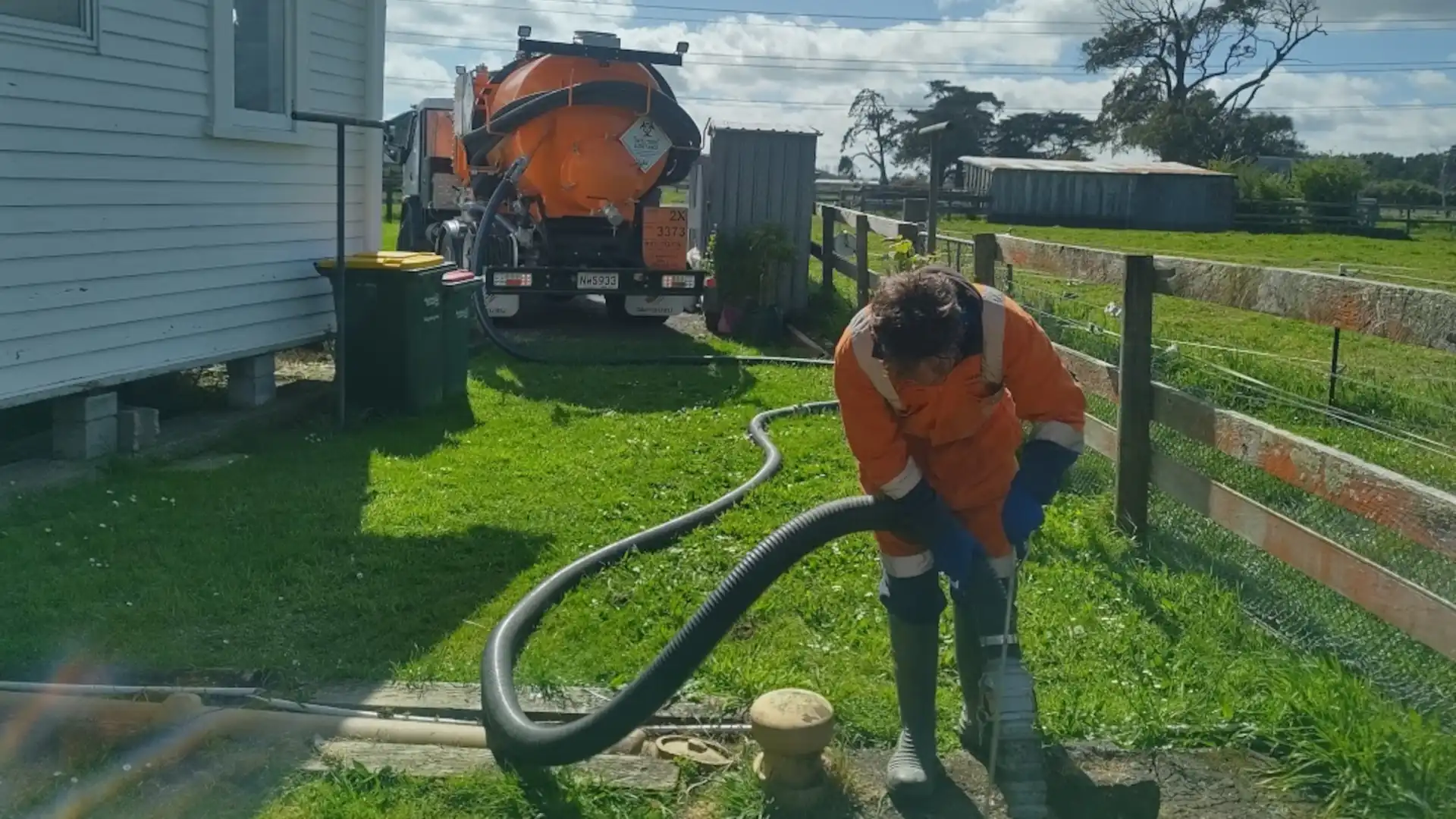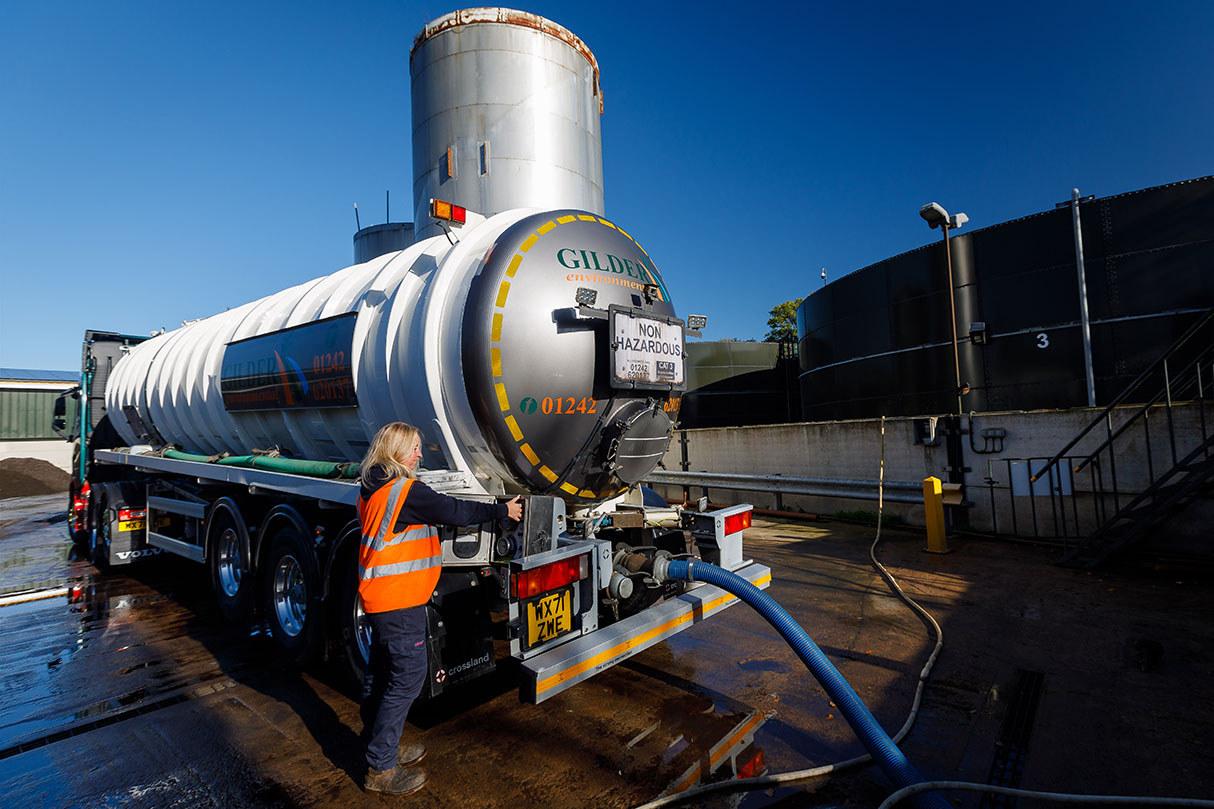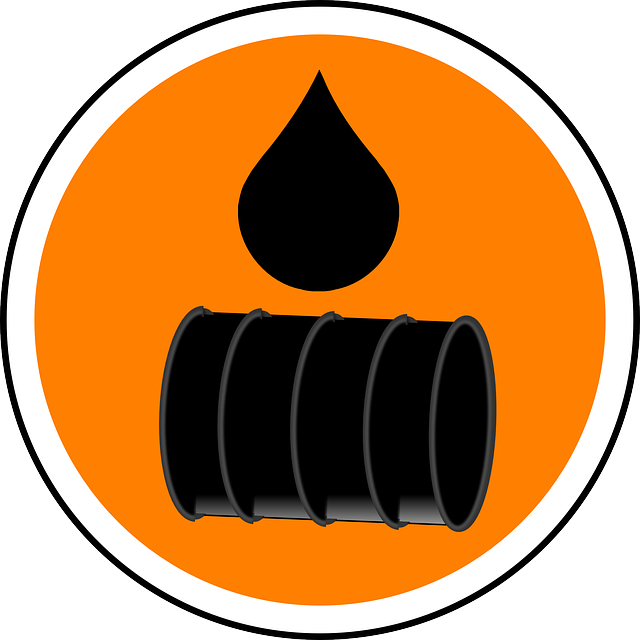Top Liquid Waste Disposal Melbourne: Trusted Services for Proper Waste Management
Top Liquid Waste Disposal Melbourne: Trusted Services for Proper Waste Management
Blog Article
How Liquid Garbage Disposal Functions: A Detailed Overview of Methods and Technologies Utilized

Overview of Fluid Waste Types
The intricacy of liquid waste kinds necessitates a complete understanding of their features and implications for disposal. Fluid waste can broadly be classified right into several types, including commercial, community, farming, and harmful waste. Each category shows distinct residential or commercial properties, calling for details monitoring techniques to reduce ecological and health and wellness threats.
Industrial fluid waste originates from manufacturing procedures and often includes a series of impurities, such as hefty steels, solvents, and organic compounds. Local liquid waste, mostly comprising wastewater from houses and industrial establishments, includes natural issue, nutrients, and virus (industrial wastewater treatment). Agricultural liquid waste, consisting of runoff from ranches, might contain fertilizers, pesticides, and animal waste, presenting threats to water top quality and communities
Harmful fluid waste is defined by its toxicity, sensitivity, or potential to create harm. This category consists of substances like acids, bases, and certain chemicals that demand strict handling and disposal protocols. Recognizing these diverse liquid waste types is vital for creating effective disposal techniques and making sure conformity with environmental guidelines. Correct classification and characterization are vital for applying ideal therapy techniques and lessening the negative effect on public health and the setting.
Physical Therapy Methods

Screening is the preliminary action, where larger bits and debris are gotten rid of from the fluid waste making use of screens or grates. This procedure secures downstream tools from damages and ensures smoother operation. Complying with screening, sedimentation makes use of gravitational pressure to different solids from fluids. In sedimentation tanks, much heavier fragments resolve at the bottom, developing a sludge layer, while the clarified liquid can be additional dealt with.
Filtering is another necessary technique that involves passing the liquid via porous products, such as sand or membrane layers, to catch smaller sized particles. This step boosts the high quality of the fluid, making it suitable for subsequent therapy procedures.

Chemical Treatment Strategies
Chemical therapy methods are essential for properly managing liquid waste, specifically in attending to dissolved and colloidal pollutants that physical techniques may not adequately get rid of. These strategies make use of various chemical agents to reduce the effects of, precipitate, or change dangerous compounds right into much less damaging types.
One usual technique is coagulation and flocculation, where chemicals such as alum or ferric chloride are added to promote the gathering of suspended fragments. This procedure improves sedimentation, enabling much easier removal of the resulting sludge. In addition, oxidation procedures, employing agents like chlorine or ozone, are utilized to damage down complex organic compounds and virus, providing the waste much safer for discharge or more treatment.
Neutralization is one more vital method, which changes the pH of acidic or alkaline waste streams to neutral degrees, avoiding click here to find out more prospective harm to downstream systems and the setting. Moreover, advanced oxidation processes (AOPs) utilize mixes of oxidants and ultraviolet light to weaken persistent toxins, achieving a higher degree of therapy effectiveness.
Organic Treatment Processes
Biological treatment procedures play a vital function in the monitoring of liquid waste by making use of microorganisms to disintegrate raw material and reduce contaminant degrees. These processes can be extensively classified into aerobic and anaerobic treatments, each utilizing certain microbial communities to achieve efficient waste deterioration.
Cardio treatment includes the use of oxygen to assist in the breakdown of natural products by germs. This process is typically applied in turned on sludge systems, where oygenation storage tanks offer a conducive setting for microbial development, causing the oxidation of natural pollutants. The resultant biomass can be divided from dealt with effluent through sedimentation.
On the other hand, anaerobic therapy takes place in the absence of oxygen, relying on various bacteria to break down organic issue. This technique is particularly beneficial for high-strength waste, as it creates biogas, a renewable power source, while minimizing sludge production. Technologies such as anaerobic digesters are frequently employed in industrial and local applications.
Both anaerobic and cardio organic treatments not just reduce the ecological effect of fluid waste however also promote resource recuperation, making them necessary components of lasting waste management methods. Their versatility, efficiency, and effectiveness sustain their prevalent implementation across numerous sectors.
Arising Technologies in Disposal
Ingenious strategies to fluid waste disposal are quickly progressing, driven by advancements in innovation and an increasing emphasis on sustainability. Among these arising modern technologies, membrane layer bioreactors (MBRs) have actually gotten grip for their capacity to combine biological treatment with membrane filtering, causing high-quality effluent that can be reused in different applications. MBRs allow smaller sized impacts and a lot more reliable procedures contrasted to typical systems.
Another promising development is the use of anaerobic digestion combined with nutrient recovery technologies, which not only treats liquid waste but likewise generates biogas and recovers valuable nutrients like nitrogen and phosphorus. This dual advantage enhances source performance and decreases ecological effect.
In addition, progressed oxidation procedures (AOPs) are being adopted for the degradation of complex natural contaminants. These techniques use effective oxidants and drivers to break down impurities at the molecular degree, using a highly efficient remedy for difficult waste streams.
Furthermore, the combination of fabricated knowledge and artificial intelligence in waste monitoring systems is optimizing functional efficiency and predictive upkeep, causing minimized expenses and boosted ecological conformity. These innovations mirror a considerable shift in the direction of more reliable and sustainable fluid garbage disposal techniques.
Conclusion
Finally, effective liquid waste disposal necessitates a comprehensive understanding of various methods and technologies. The integration of physical, chemical, and biological treatment techniques makes sure the effective management of varied waste types. In addition, the appearance of ingenious modern technologies enhances therapy effectiveness and advertises sustainability in waste administration techniques. By continuously progressing these techniques, it comes to be possible to visit this page resolve the growing look at this now difficulties associated with liquid waste, inevitably adding to environmental management and source recovery.
Liquid waste disposal is a crucial facet of ecological management, needing a comprehensive understanding of various strategies and technologies customized to various waste kinds. Liquid waste can extensively be classified into numerous types, including commercial, metropolitan, agricultural, and unsafe waste. Agricultural liquid waste, consisting of overflow from ranches, may consist of fertilizers, chemicals, and animal waste, presenting risks to water top quality and communities.
Various physical treatment approaches play a critical role in taking care of fluid waste properly - industrial wastewater treatment.In verdict, reliable liquid waste disposal demands an extensive understanding of numerous strategies and technologies
Report this page